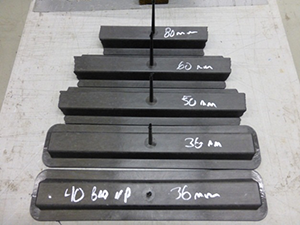###
About PNNL
Pacific Northwest National Laboratory draws on its distinguishing strengths in chemistry, Earth sciences, biology and data science to advance scientific knowledge and address challenges in energy resiliency and national security. Founded in 1965, PNNL is operated by Battelle and supported by the Office of Science of the U.S. Department of Energy. The Office of Science is the single largest supporter of basic research in the physical sciences in the United States and is working to address some of the most pressing challenges of our time. For more information, visit the DOE Office of Science website. For more information on PNNL, visit PNNL's News Center. Follow us on Twitter, Facebook, LinkedIn and Instagram.



 of long carbon fiber components versus standard steel and fiberglass composites. PNNL found the carbon fiber reinforced polymer composite technology studied could reduce the weight of automobile body systems by over 20 percent. However, production costs of carbon fiber components can be 10 times higher than those of steel. The optimization of processes and structures using predictive tools could significantly reduce production costs, paving the way for greater use of carbon fiber in automobiles.
of long carbon fiber components versus standard steel and fiberglass composites. PNNL found the carbon fiber reinforced polymer composite technology studied could reduce the weight of automobile body systems by over 20 percent. However, production costs of carbon fiber components can be 10 times higher than those of steel. The optimization of processes and structures using predictive tools could significantly reduce production costs, paving the way for greater use of carbon fiber in automobiles.